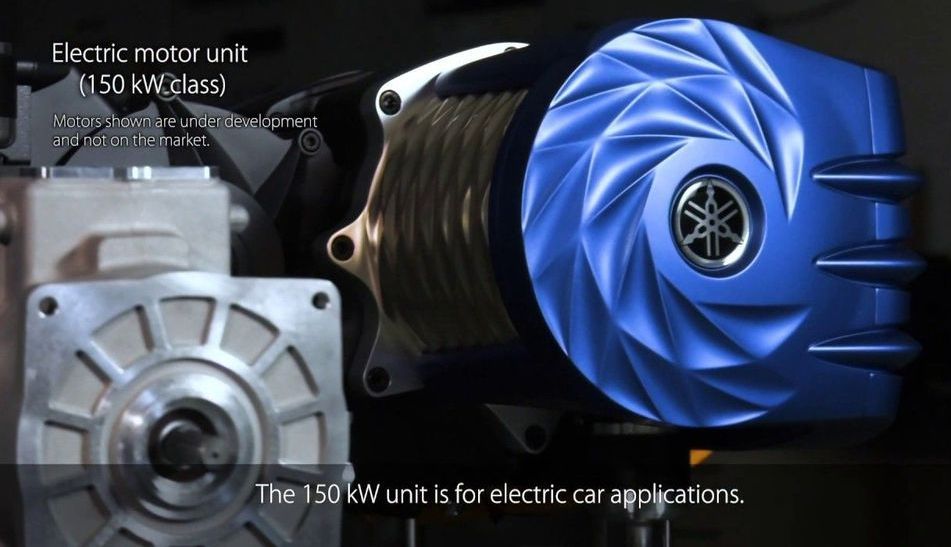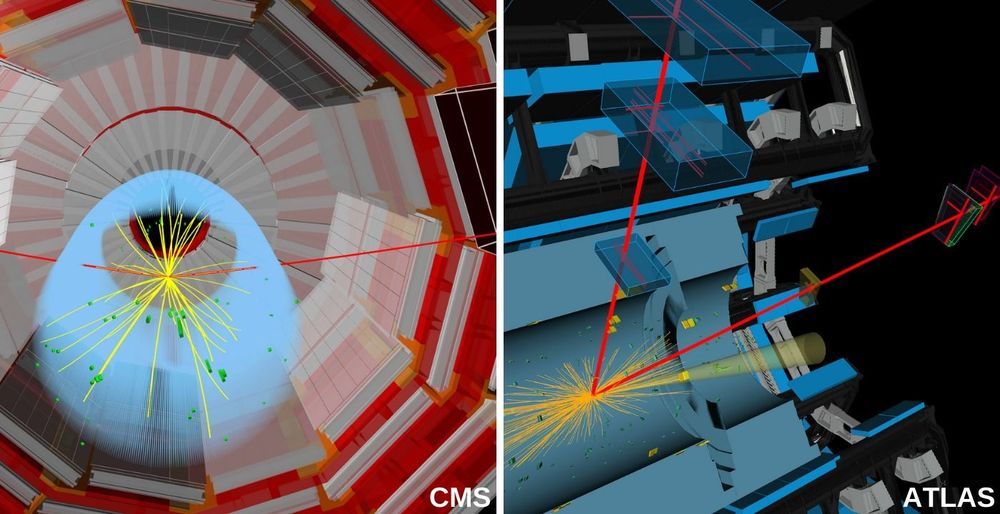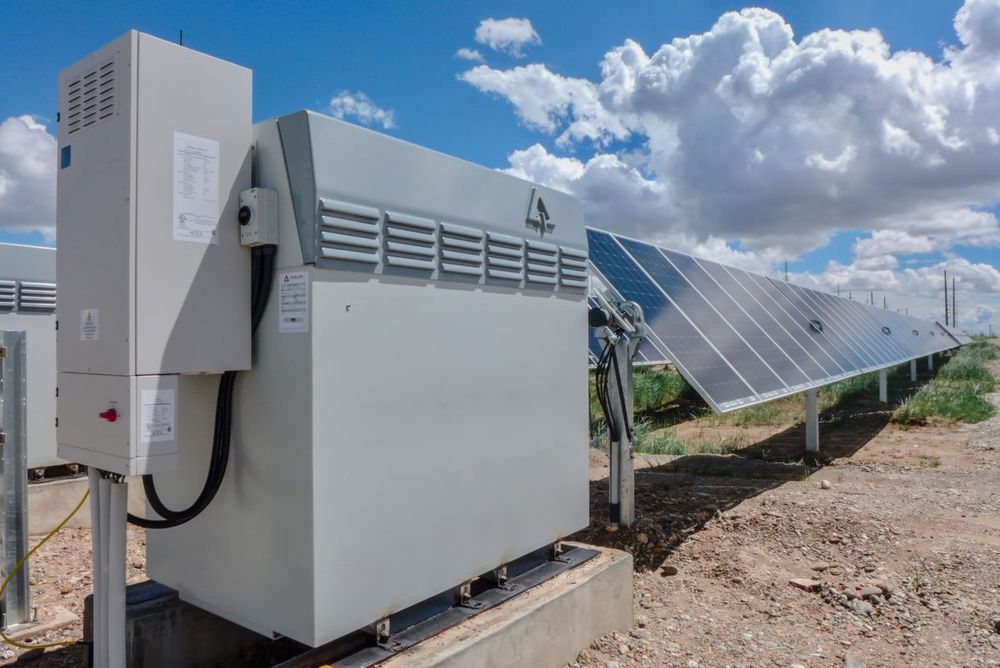Aug 3, 2020
‘Smart Toilet’ Checks You for Diseases Like Cancer
Posted by Quinn Sena in categories: biotech/medical, genetics, health
A disease-detecting “precision health” toilet can sense multiple signs of illness through automated urine and stool analysis, according to a new study.
The “smart toilet” isn’t the kind that lifts its own lid in preparation for use; this toilet includes technology that can detect a range of disease markers in stool and urine, including those of some cancers, such as colorectal or urologic cancers.
The device could hold particular appeal for people genetically predisposed to certain conditions, such as irritable bowel syndrome, prostate cancer, or kidney failure, and want to keep on top of their health.


















